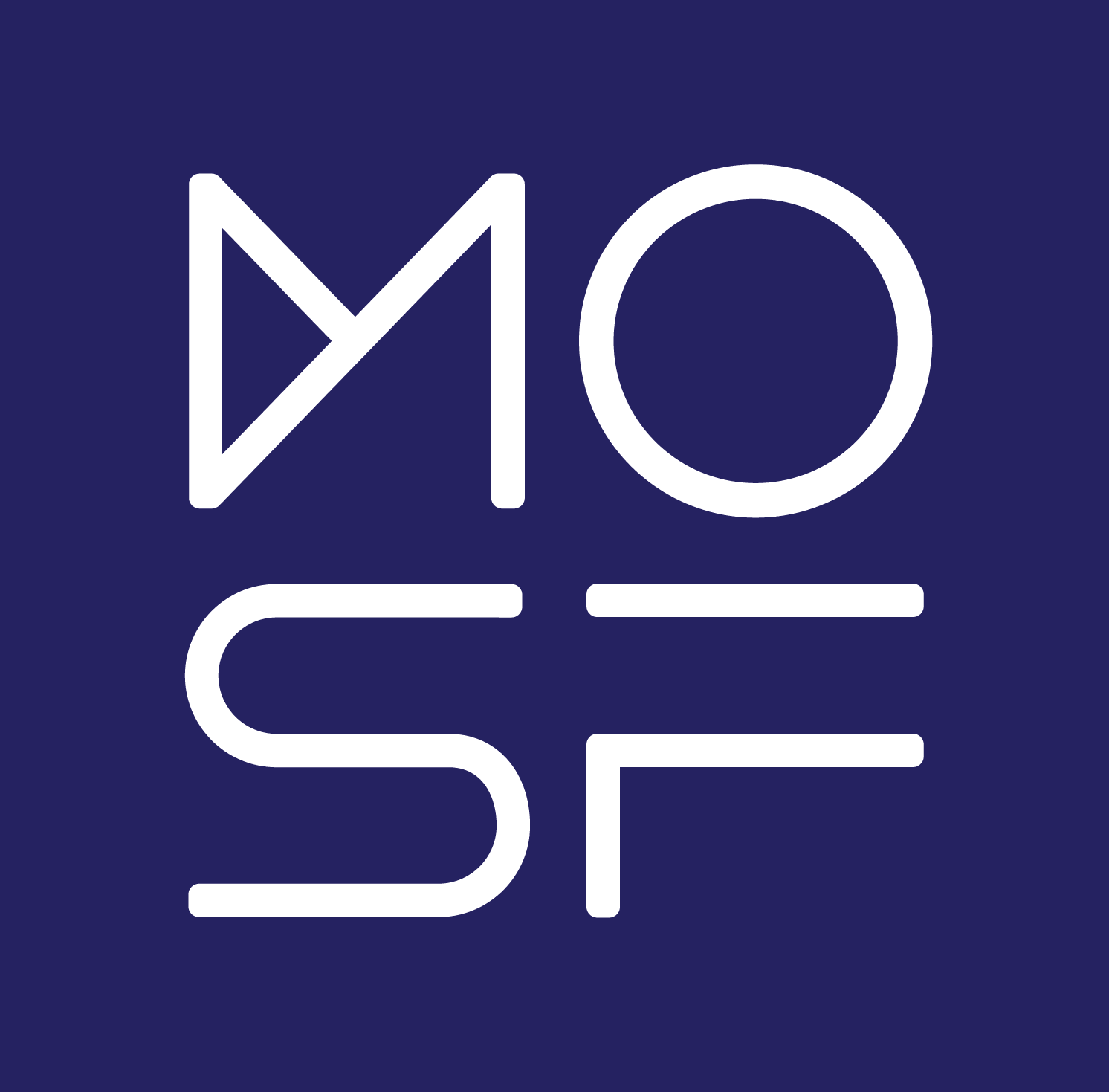Museum of Science Fiction
Washington, DC
USA: Earth: Sol: Milky Way
FOR IMMEDIATE RELEASE
CONTACT:
Neeraj Agrawal
(657) 215-1701
neeraj.agrawal@museumofsciencefiction.org
FOR IMMEDIATE RELEASE
Museum of Science Fiction Announces Pilot Program with DC Public Elementary School
Washington, D.C. (Sept. 26, 2014) — The Museum of Science Fiction, the world's first comprehensive science fiction museum, and the John Eaton Elementary School, District of Columbia Public Schools, today announced a partnership to bring a range of STEAM programs to local school children using science fiction as an educational tool. The organizations will work together to create experiences and events both inside the classroom and in the community.
"Science fiction has always had an inspirational effect on young artists and scientists," said Greg Viggiano, the Museum of Science Fiction's executive director. "The lessons and educational experiences we are preparing are designed to inspire students and drive their curiosities. We want children to get excited about learning and develop their creative problem-solving skills."
The Museum of Science Fiction will work with educators to develop enrichment experiences and classroom workshops for students. Planned activities include the art of storytelling, writing, illustration techniques, and numerous project-based learning science activities.
Award-winning screenwriter Morgan Gendel, a member of the Museum's Board of Advisors, will come in from Los Angeles to speak with students about writing short science fiction stories and one-act plays. Mr. Gendel will also discuss the creative process that led to his more well-known Star Trek: The Next Generation episode, "The Inner Light." "As a parent, I saw first-hand how a certain kind of science fiction – the humanistic kind – can be thought-provoking and inspirational for young minds," said Gendel. "As a writer, it's allowed my story-telling to go anywhere I want, at warp speed. I hope to combine those two elements when speaking to students in DC."
To further enrich programming for students, the Museum will incorporate NASA educational materials into "Mission in a Box" lesson plans and curriculum. "We are thrilled to be working with the Museum of Science Fiction and NASA on this pilot program," said Jacqueline Anderson, Assistant Principal of the John Eaton Elementary School. "The enrichment potential for every student is incredible and we hope that this program will be expanded to include many other learning areas as we move forward."
The Museum will also create project-based learning activities that will introduce science concepts within the context of a science fiction scenario. C. Alex Young, PhD of the NASA Goddard Space Flight Center and member of the Museum's Board of Advisors and Chair of the Museum's Technology Subcommittee will introduce the students to their very own star, the sun. The students will get a chance to play with magnets and magnetic fields; then Dr. Young will give the students an opportunity to look at magnetic fields in action with satellite imagery of the sun along with live views of the sun through special solar telescopes." As a child, I was always fascinated by Star Trek, Star Wars, and Carl Sagan's COSMOS, said Dr. Young. "These stories were huge drivers in developing my love for space science and my present responsibilities as a solar astrophysicist and as the Associate Director for NASA's Helophysics Science Division. I am delighted to be involved and look forward to sharing my experiences with the children."
The Museum of Science Fiction uses formalized no-cost partnerships like this one to pair science fiction with relevant, over-the-horizon industries to create educational programming that sparks learning and innovative thinking.
More information about this and other partnerships are available on the Museum's website:
www.museumofsciencefiction.org
About the Museum of Science Fiction
The nonprofit Museum of Science Fiction (MOSF) will be the world’s first comprehensive science fiction museum, covering the history of the genre across the arts and providing a narrative on its relationship to the real world. The Museum will show how science fiction continually inspires individuals, influences cultures and impacts societies. Also serving as an educational opportunity to expand interest in the science, technology, engineering, art and math (STEAM) areas, MOSF uses tools such as mobile applications and wi-fi-enabled display objects to engage and entertain. For a full press packet on the Museum of Science Fiction’s vision and other information, visit www.museumofsciencefiction.org/presspacket.
###


